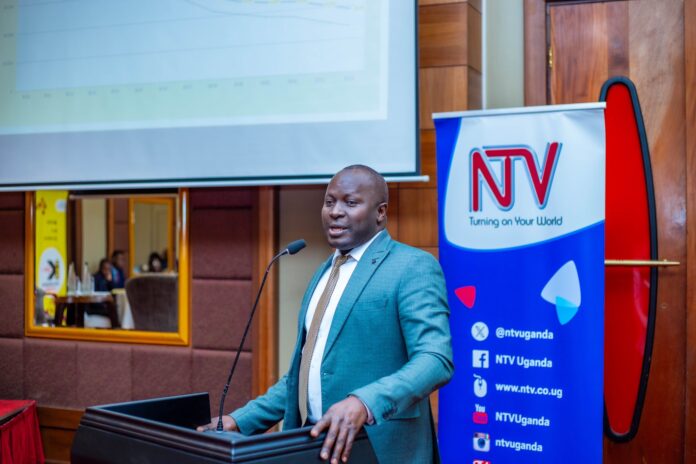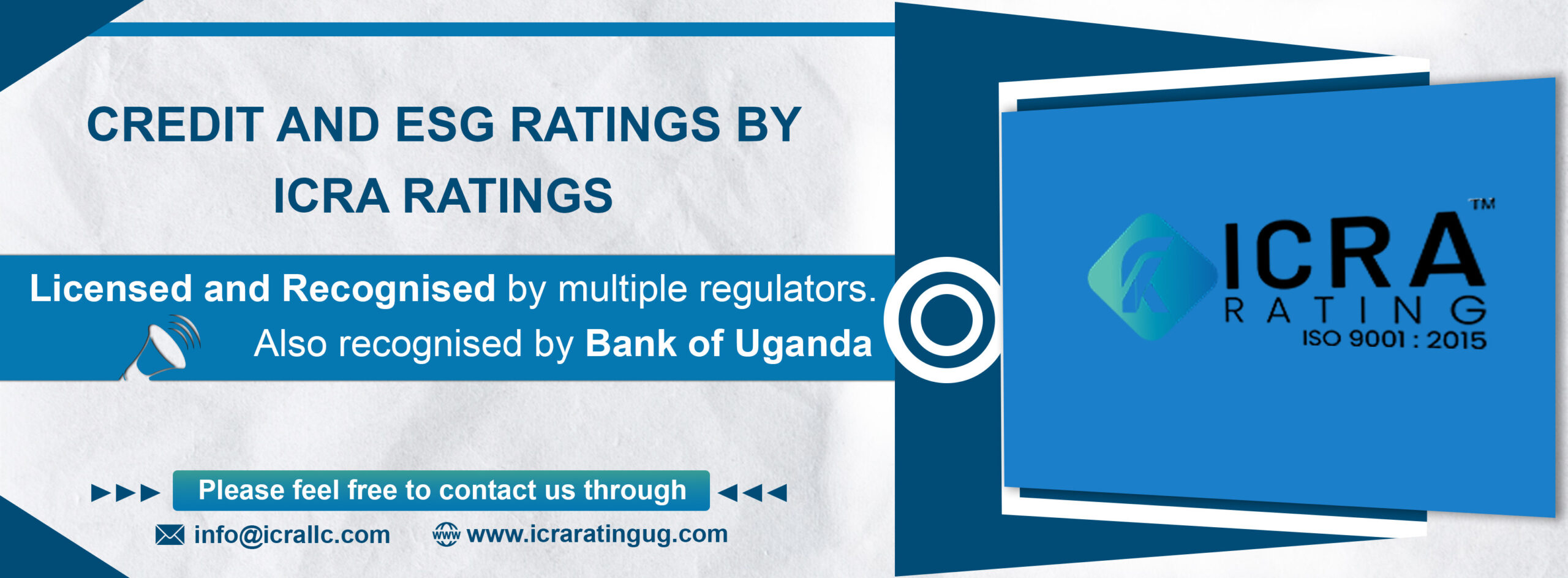
The Uganda AIDS Commission has set a remarkable target to ensure that every person living with HIV/AIDS is on antiretroviral therapy (ART) to suppress their viral load by 95% to end AIDS by 2030.
The objective was revealed by the Assistant Commissioner AIDS Control Division Robert Mutumba during the AIDS Symposium Uganda on December 12th, 2024, at the Sheraton Hotel in Kampala.
Mutumba said that the commission is engaging with HIV/AIDS patients and all stakeholders involved, including the media, to emphasize the importance of ART.
According to the Annual Joint AIDS Report issued on November 1, 2024, April–June 2021, Uganda’s viral load suppression was 93% for pregnant women and 95% for breastfeeding women.
Responding to the findings, Mutumba stated that more HIV-positive females are estimated to be on antiretroviral therapy compared to their male counterparts.
“ART cannot cure HIV, but HIV medicines help people with HIV live longer, healthier lives. We need to focus on reaching the males to ensure we don’t become overwhelmed,” he said.
The U.S. President’s Emergency Plan for AIDS Relief (PEPFAR) HIV Specialist, Maureen Kwikiriza, stated that there has been a decline in HIV-related deaths since the 1990s when people used to count the number of years one would be left after diagnosis.
According to Maureen, the one goal in fighting HIV is to engage men in HIV prevention, stating that this would close the gap on new infections, particularly among adolescent girls and young women.
“We need to engage men in HIV prevention and encourage them to use protection to stop the spread of HIV among young women,” she stated.
Maureen also added that the Commission is conducting HIV recency testing to identify both recent and long-term infections, stating that the move will allow the Commission to pinpoint hotspots and prevent new infections.
With about 35,000 new HIV infections per year, the commission says some of the factors fueling the HIV epidemic include multiple sexual partnerships, low condom use, complacency due to antiretroviral therapy, discordance, and non-disclosure.
Antiretroviral therapy (ART) is the treatment of people infected with HIV/AIDS using anti-HIV drugs. The standard treatment consists of a combination of drugs often called “highly active antiretroviral therapy,” or HAART, that suppresses HIV replication.














